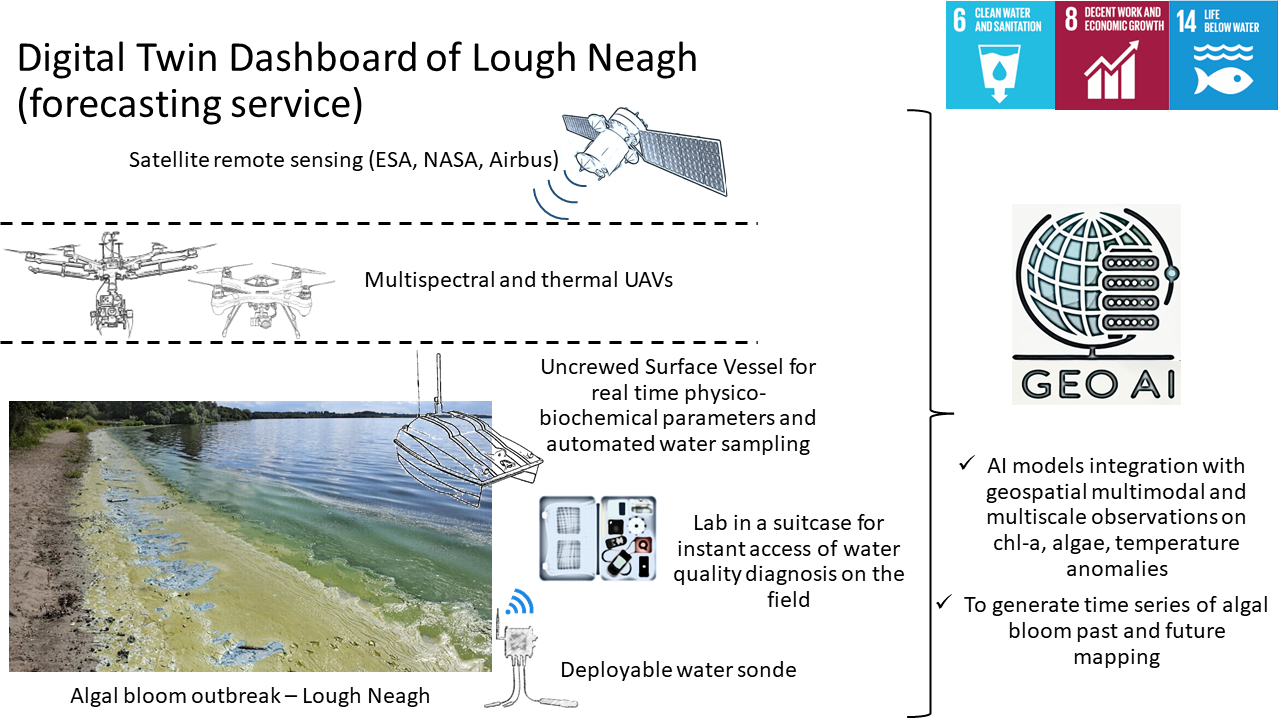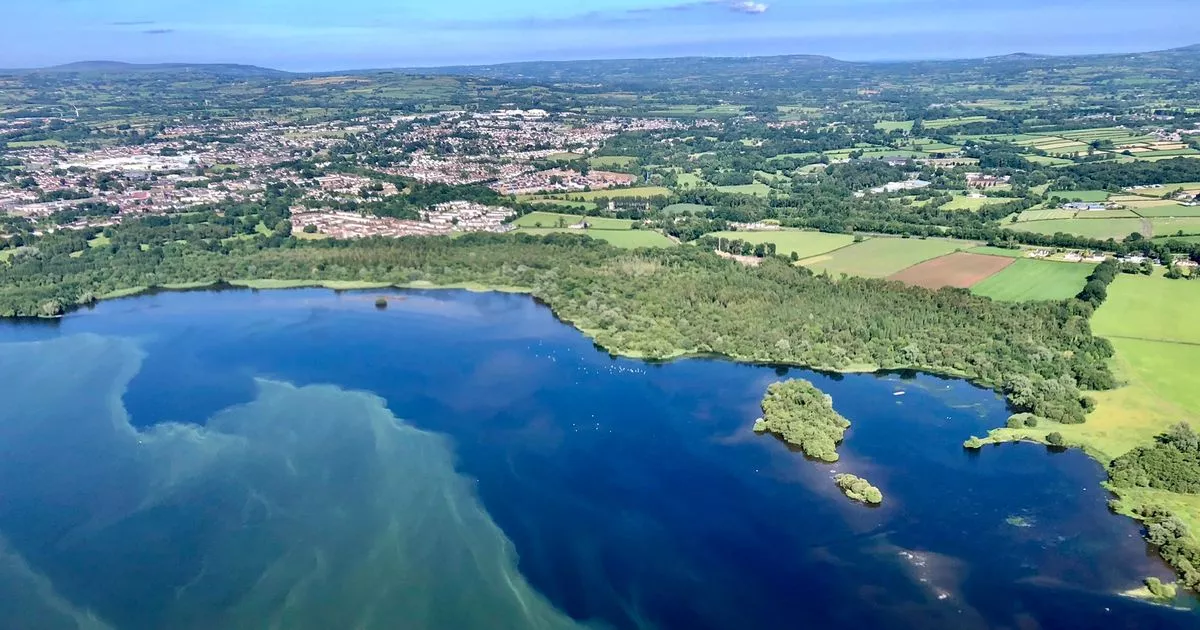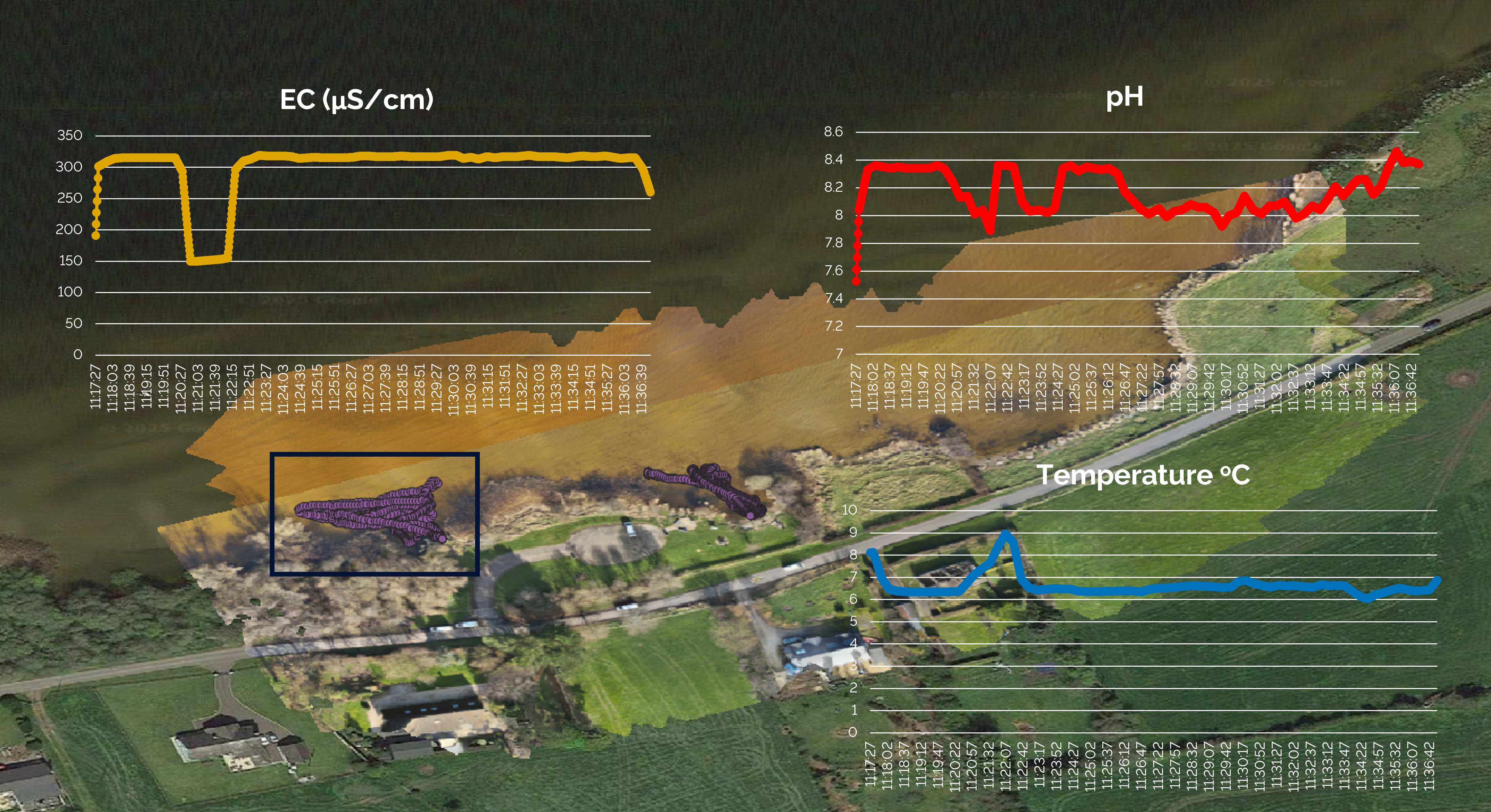The Lough Neagh Digital Twin project creates a comprehensive virtual model of Northern Ireland's largest freshwater lake, integrating satellite data with ground measurements to monitor water quality, algal blooms, and ecological changes over time.

Our digital twin serves as a powerful tool for environmental managers, policymakers, and researchers to understand the complex interactions within this vital ecosystem and address challenges such as eutrophication, pollution, and climate change impacts.
We are currently working to deliver actionable visualisations of forthcoming algal blooms by integrating multiscale terrestrial, airborne, and satellite data applying remote sensing with geo-Artificial Intelligence technologies.
Our proof-of-concept work will ultimately demonstrate how near real-time forecasting can serve as an early warning system for algal blooms using geospatial technology.
This project brings together an interdisciplinary team with diverse expertise in Earth Observation, computer science, geospatial engineering and biogeochemistry at School of Engineering, School of Computing and School of Natural and Environmental Sciences, Newcastle University.
This collaborative effort, backed by NI SPACE, the UK Space Agency, and the Department of Agriculture, Environment and Rural Affairs, demonstrates the potential of space technology to tackle urgent environmental challenges.
Read more at 'Three firms selected for Lough Neagh space project' (BBC News)
Size & Scale
392 km² surface area, making it the largest freshwater lake in the British Isles
Biodiversity
Home to numerous bird species, fish populations, and unique aquatic ecosystems
Water Supply
Provides 40% of Northern Ireland's drinking water

